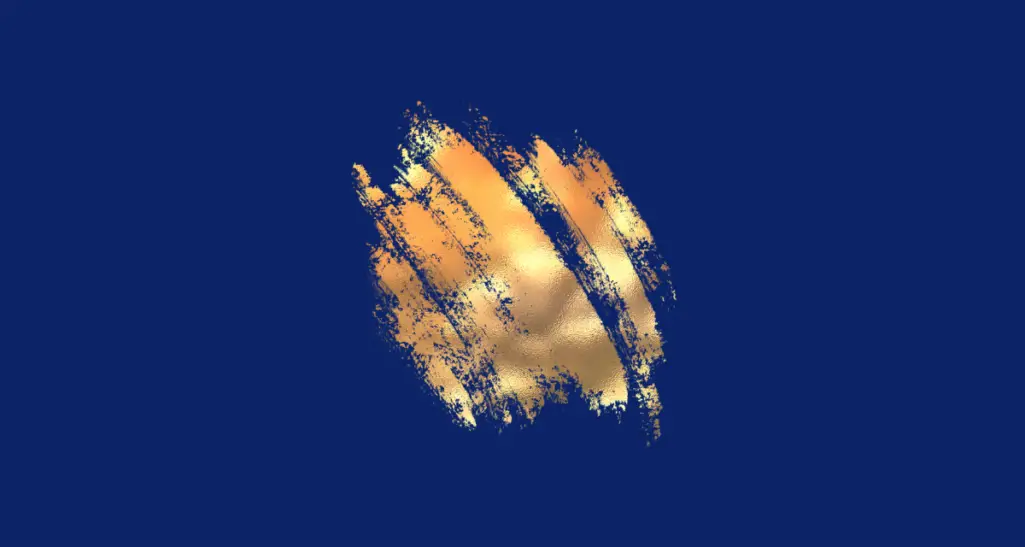 Ryan Barone (@ballcardgenius on TikTok, Card Expert) is a lifelong member of the hobby. He has been quoted in PSA Magazine, and his content has regularly been mentioned in “Quick Rips” (the Topps RIPPED Newsletter) and across other hobby publications. Join his 8,600 followers on TikTok! hello@ballcardgenius.com; Last Time Ago LLC dba Ballcard Genius.
Ryan Barone (@ballcardgenius on TikTok, Card Expert) is a lifelong member of the hobby. He has been quoted in PSA Magazine, and his content has regularly been mentioned in “Quick Rips” (the Topps RIPPED Newsletter) and across other hobby publications. Join his 8,600 followers on TikTok! hello@ballcardgenius.com; Last Time Ago LLC dba Ballcard Genius.
Affiliate Disclosure: This post contains affiliate links. As I am a part of the eBay Partner Network and other programs, if you follow these links and make a purchase, I’ll receive commission. As an Amazon Associate, I earn from qualifying purchases.
Ah, the classic baseball rookie card. For decades, these cards have been chased by sports fans and collectors alike, with the thrill of opening a pack of baseball cards and seeing that RC shield poking through akin to Charlie finding Wonka’s golden ticket.
Well, maybe not that far, but for card collectors, it’s a cherished feeling.
From vintage baseball cards and the fresh faces of some of the best to have ever played the game, to modern releases and excited expressions of those who have yet to make a mark on the world of sports.
The look of the card is timeless, but while that good old rookie card feeling has changed a bit over the years, so has the actual RC logo or shield, where you can find it, and what it means.
What is a Rookie Card Logo?
A rookie card logo is a stamp or designation companies put onto baseball cards to identify a player’s first “official” RC. In its current form, the rookie card logo is in the shape of home plate, with “RC” near the top and the MLB logo below it in the official MLB logo colors of red, white, and blue.
$10. 2021 series two jake croneworth rookie card logo patch pic.twitter.com/EnoXIuXZsq
— Lynch's Card Sales (@Lynchcardsales) August 7, 2021
However, not all rookie cards have RC logos, and while it’s a key piece in forming what a rookie card looks like, there is more information to consider.
What is a Rookie Card?
A rookie card is typically a player’s first baseball card that is included in card sets when a player makes their Major League Baseball, or MLB, debut. In addition, Topps also considers a player’s popularity, performance, and potential when deciding which rookies to include in a set.
With that said, there is a lot of debate, disagreement, and flat-out confusion around the topic. This post is about the evolution of the rookie card logo specifically, and not about picking a side or providing another opinion among many, but we can’t really get into the history of the rookie card logo without addressing this big deal.
So, most collectors consider the truest of rookie cards to be licensed (from Topps, not Panini) and as a base card from a regularly-issued set. Meaning, insert cards, short prints, cards from traded or complete sets only, etc. aren’t usually considered rookie cards.
BaseballCardPedia.com has a great entry on this, so I won’t try and do it better. I will try and pull out some key bits, though.
First, to reinforce what I mentioned above:
“The “Beckett Definition” of the rookie card (or “RC”) states that a “rookie card” must come from a fully-licensed (both MLB and MLBPA), nationally-distributed set that is primarily focused on current Major League players. It must be a base card and cannot be an insert, parallel, or redemption card.”
And a big point about cards before 2006 (and after).
“Before 2006, a player need not have actually played in a Major League game to have had a rookie card.”
$10. 2021 series two jake croneworth rookie card logo patch pic.twitter.com/EnoXIuXZsq
— Lynch's Card Sales (@Lynchcardsales) August 7, 2021
All of this and we aren’t even talking about 1st Bowman cards vs. Topps rookie cards, and how a player’s actual first licensed baseball card might come years before they actually make their debut and earn their rookie card.
Read More: MLB Debut Patches Coming in 2023 Topps Chrome Update
Now, the more I type, the more there is to explain. There are countless examples of all of the above being completely shunned or disregarded depending on the player, card, and more. I won’t get into them all, but just think about these things: Does Ken Griffey Jr. have a true Topps rookie card? How about Mark McGwire? It’s 1985 Topps USA, right? Or is it 1987?
When Did the Rookie Card Logo First Appear?
The official Topps rookie card logo in its current form was first introduced in 2010, with notable rookie cards including Buster Posey, Steven Strasburg, and Josh Donaldson.

The logo has been through a number of iterations, going way back to 1961 with the “Rookie” star logo, most famously seen here on this Carl Yastzemski.

Only to go missing for a number of years while Topps introduced multi-player “rookie star” cards that spanned decades, famously including Pete Rose in 1963, Nolan Ryan in 1968, and Mike Schmidt in 1973.

All that said, some of the biggest stars of the 70s and early 80s didn’t have any type of special rookie designation on their cards, including George Brett, Rickey Henderson, and Don Mattingly.

Topps then returned to a pseudo logo phase with “Future Stars” in 1988 and 1989 for players like Gary Sheffield, and “Draft Picks” and similar monikers through most of the 90s for Frank Thomas, Chipper Jones, and Derek Jeter.

In the late 90s, a new “rookie card” stamp was put in use on rookie cards like that of CC Sabathia in 1999, Miguel Cabrera in 2000, and Albert Pujols in 2001.

We went back to “draft picks” and “prospects” and then boom, a “1st Year Stamp” in 2003 with Robinson Cano, and then got a “Draft Pick” plus a “First-Year Card” in 2005 (Justin Verlander),

Only to return to a more official type of “Rookie Card” logo in 2006 (Justin Verlander, again) up until 2010. Whew.




